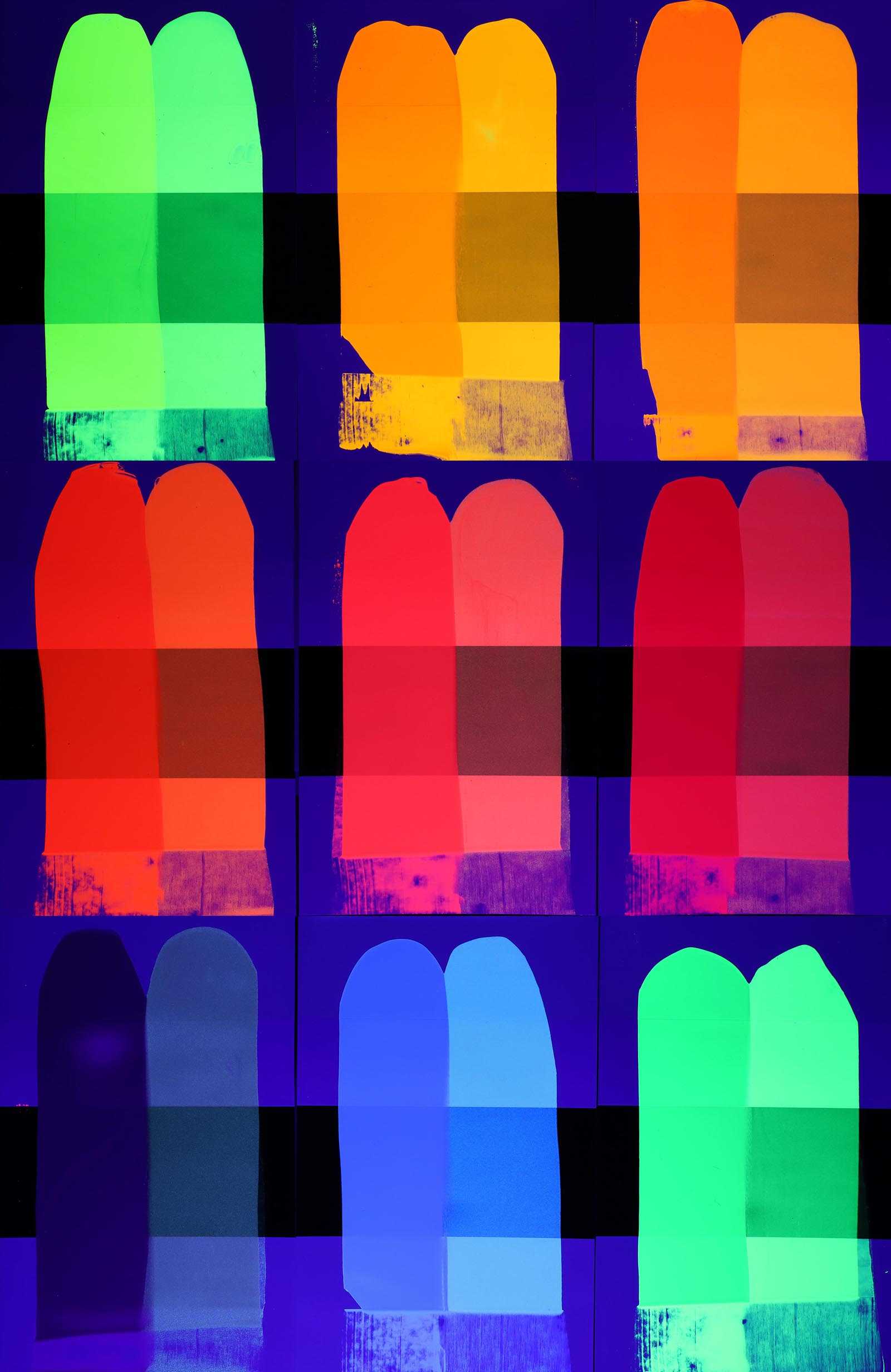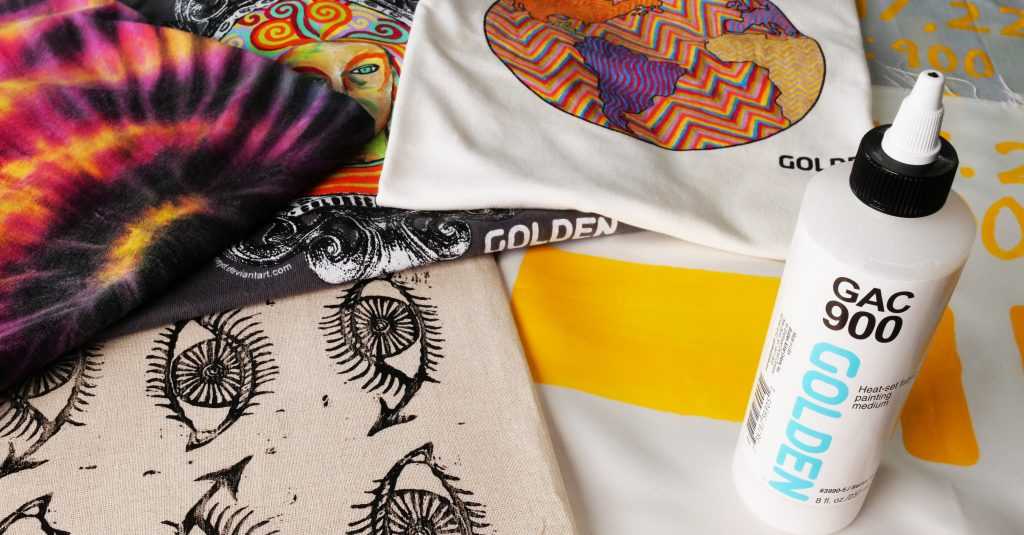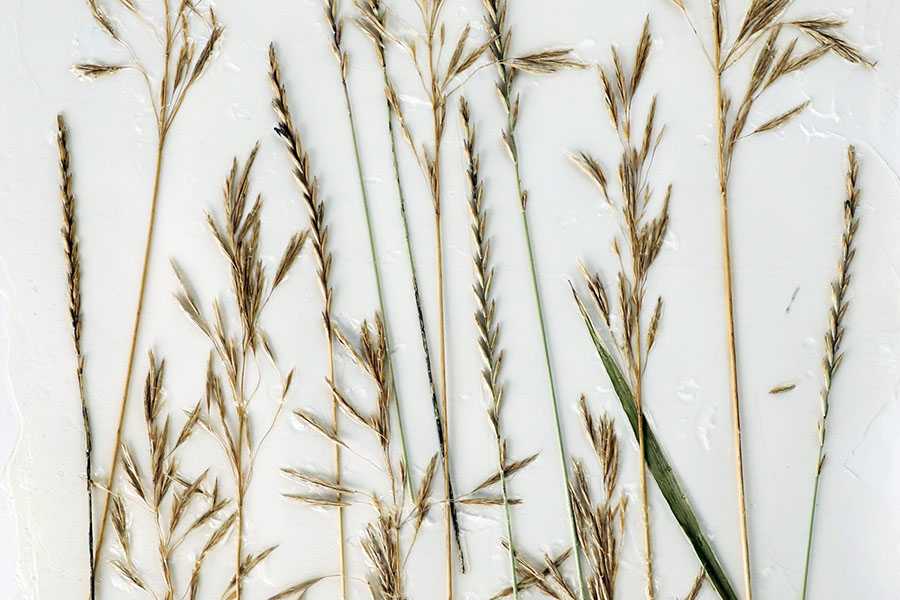GLAZING LIQUID (formerly called Acrylic Glazing Liquid)
GOLDEN Glazing Liquid is a slow-drying acrylic medium originally designed for interior decorative finishes. Because it is made with 100% pure acrylic water-based polymer emulsions, it can have many uses for fine artists. Glazing Liquid can be blended with housepaints and artist acrylic paints to create an incredible variety of color glazes.
PRODUCT DESCRIPTION
GOLDEN Glazing Liquid (formerly called Acrylic Glazing Liquid) is a 100% acrylic, water-based emulsion, developed to be used with waterborne paint systems for interior glazing applications. Glazing Liquid can be used for a wide variety of techniques, which require longer open times, including:
- Wood Graining
- Marbling
- Trompe L'Oeil
- Additive and Subtractive Techniques
- Glazing
Fine Art Applications
Glazing Liquid also proves useful in fine art glazing applications, such as mural and easel painting. Use this product in the same manner as an oil painter uses linseed oil and turpentine. Below is a list of possible uses of Glazing Liquid techniques:
- Slow drying color glazes.
- Thinning medium for better brushability.
- Pre-glazing before paint application.
- Smoother wet-in-wet blending.
It is imperative that this product be used for thin layer applications. Thick layers of the Glazing Liquid, in excess of 1/16", will not dry properly, remaining tacky for extended periods of time.
PRODUCT APPLICATION
Mixing with Acrylic or Latex Paints:
This product can be mixed with any waterborne paint color to achieve the desired glaze. It has an open time of 30 to 45 minutes, depending on environmental conditions, and dries with excellent film clarity (see Recommendations below on how to maximize open times). Glazing Liquid offers a safe alternative to solvent-based paint systems without forfeiting the working time that is required for creating intricate patterns. It is available in Gloss and Satin finishes.
Glazing Liquid can be blended with paints in any desired amount. Adding small amounts (approx. 25%) to paints will increase brushability. Adding 1 part paint to 10 parts Glazing Liquid produces transparent glazes with excellent open times.
Working Properties:
Open Time
Working Time is typically 30 to 45 minutes, depending on a number of factors. The nature of the technique used, whether additive (sponging, ragging on, etc.) or subtractive (stippling, ragging off, etc.), will vary the working time considerably. Environmental factors such as humidity, temperature, absorbency of surface and air circulation will all impact the amount of open time.
For decorative applications, work on walls with at least two coats of Semi-gloss house-paint for maximum working time (see increasing open time section below). This is vital when working on new wallboard, as the layers of semigloss paint will dramatically reduce the absorption of water and retarder in the Glazing Liquid, resulting in a greater working time.
Coverage
Glazing Liquid will cover 400-2,000 square feet per gallon for typical wall glazes, depending on techniques from brushing on to sponging.
Thinning
Brush or roller-applications should not require thinning, but Glazing Liquid may be thinned with up to 20% water. Dilutions beyond this will increase the haziness of the dried film as the binder is further extended. If a more dilute mixture is needed, we recommend testing before application to a painting surface.
Film Formation Parameters
Minimum film formation temperature is 49oF/9oC. Avoid freezing. Do not mix with oils. Paint on any non-oily surface. Abrade nonabsorbent surfaces (metals, glass, plastics, oil-based paints, etc.) for increased adhesion.
Appearance
The product is milky white when wet, but dries with very good film clarity. In the wet state, colors will appear weaker and lighter. When mixing glazes, test the color strength by applying on paper to find out how opaque or transparent a mixture will appear when dry.
Clean-up
Clean tools with soap and water. Keep tools wet while working.
ADDITIONAL INFORMATION
Increasing Working (Open) Times:
- Seal surface to be painted using a Satin or Gloss base paint. Matte paints, such as a flat house paint or artist's gesso, soak up the acrylic glazes too quickly, thus reducing working time. Sealing the surface, ideally with a gloss base, allows for maximum working time.
- Any breeze flowing over the glazing surface will make acrylic glazes dry more quickly. To maximize the working time, cover or close vents or windows, which blow air directly across the surface. Once the technique has been completed, open windows and allow proper airflow.
- Weather conditions greatly influence working times. Hot dry climates and direct sun exposure will reduce working time. Ideal conditions are cool, rainy, high humidity climates.
- Applying a layer of the Glazing Liquid to the surface before applying the colored glaze will increase the amount of working time.
- A spritz of water to cool down and moisten the surface will increase open time. Also try lightly misting surface while working. This is especially useful for maintaining a wet edge. Use a horse or plant mister for best misting application.
- Have paints and tools ready before starting. Keep them wet, out of direct sunlight and cool.
- On large areas, apply the acrylic glaze in a jagged, "puzzle-piece" manner. Work towards the wet edge, leaving 3 to 6 inches unworked. Stipple, rag, etc. up to this unworked wet edge. To continue, work across the area by adding more wet glaze to fit into the wet edge "puzzle". This technique helps to break up the design so that it appears more natural.
- Only apply glazes as far as you can reach. Try to work with another person when painting a large surface, such as a wall.
- Upon completion, utilize conditions that speed up the drying process, such as breeze, higher temperatures and lower humidity.
NOTE: VOC Content: 700 g/l. The gallon size is prohibited for architectural use in some areas.
Disclaimer
The above information is based on research and testing done by Golden Artist Colors, Inc., and is provided as a basis for understanding the potential uses of the products mentioned. Due to the numerous variables in methods, materials and conditions of producing art, Golden Artist Colors, Inc. cannot be sure the product will be right for you. Therefore, we urge product users to test each application to ensure all individual project requirements are met. While we believe the above information is accurate, WE MAKE NO EXPRESS OR IMPLIED WARRANTIES OF MERCHANTABILITY OR FITNESS FOR A PARTICULAR PURPOSE, and we shall in no event be liable for any damages (indirect, consequential, or otherwise) that may occur as a result of a product application.



